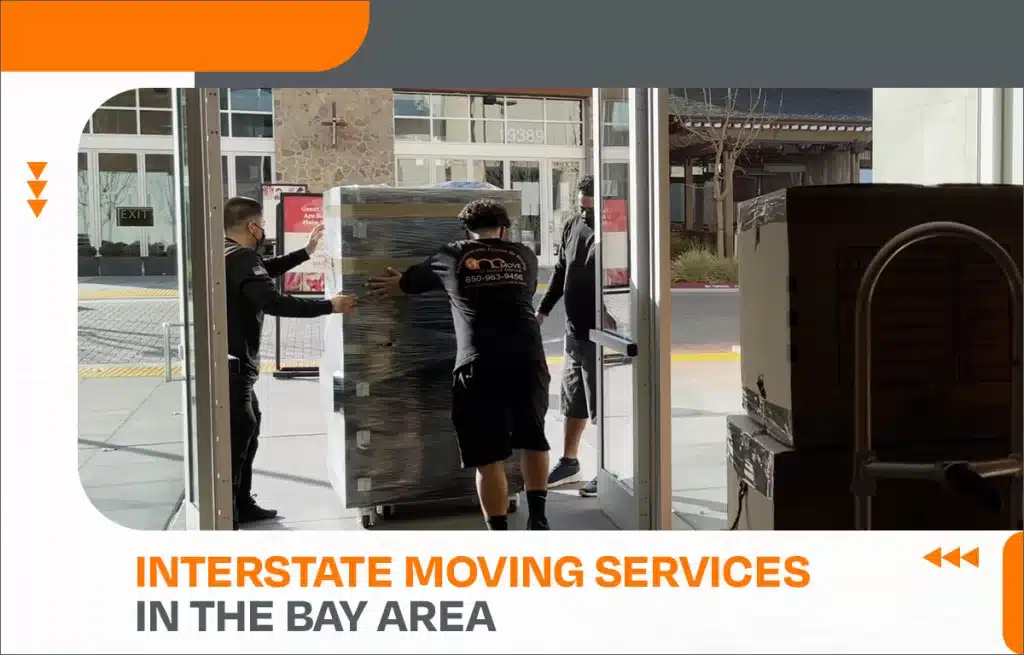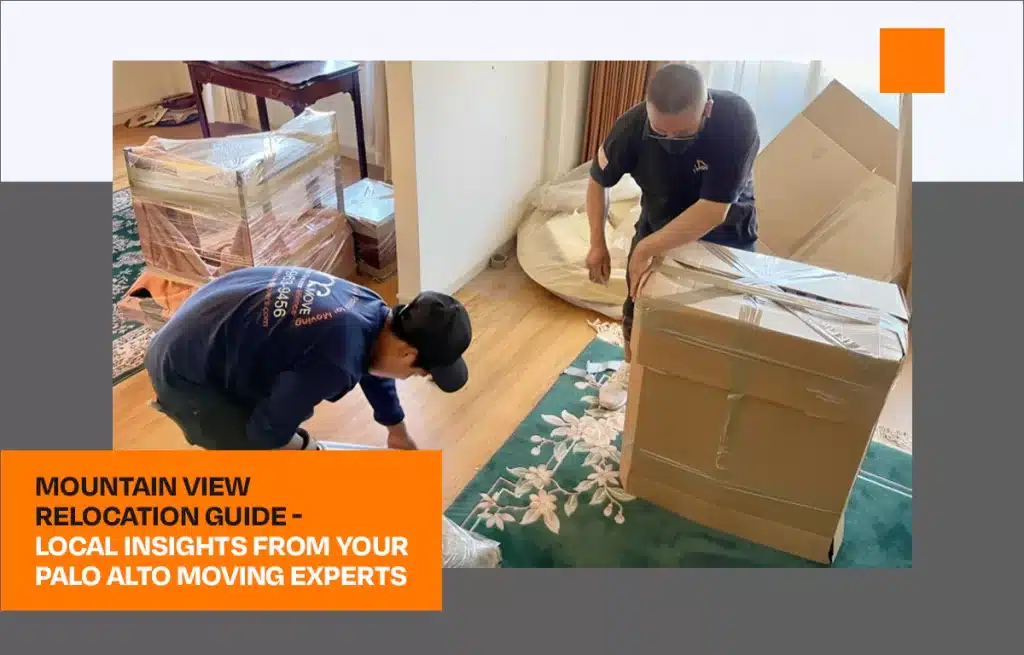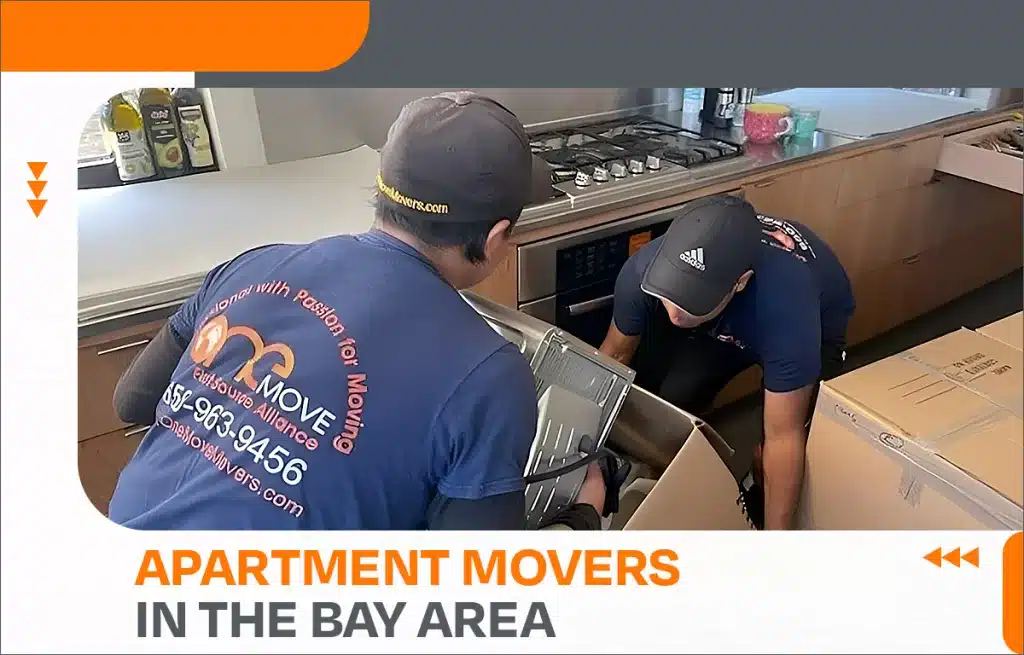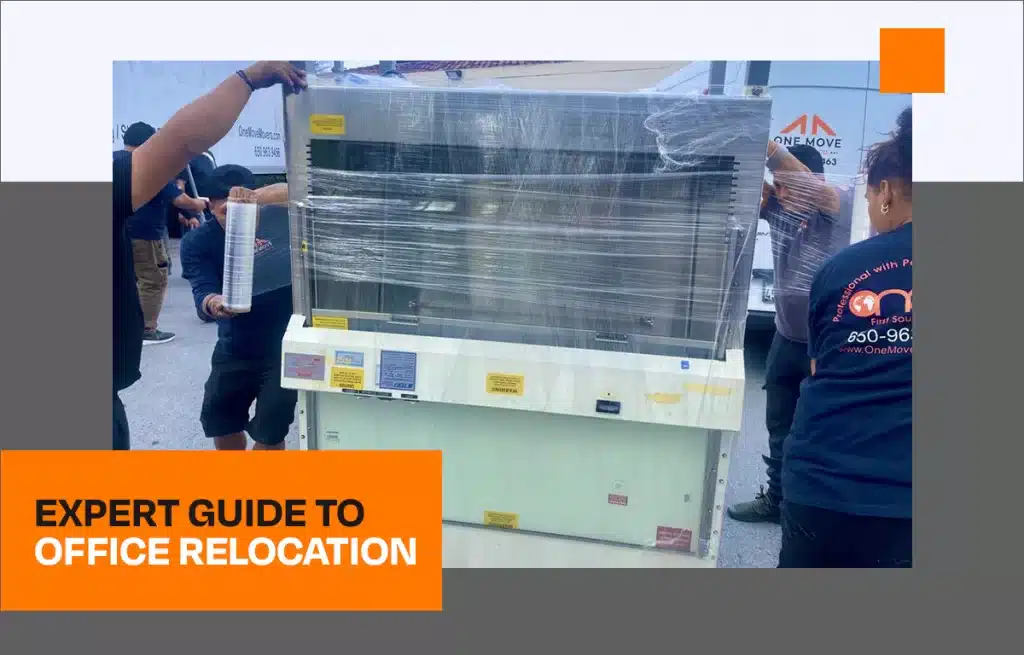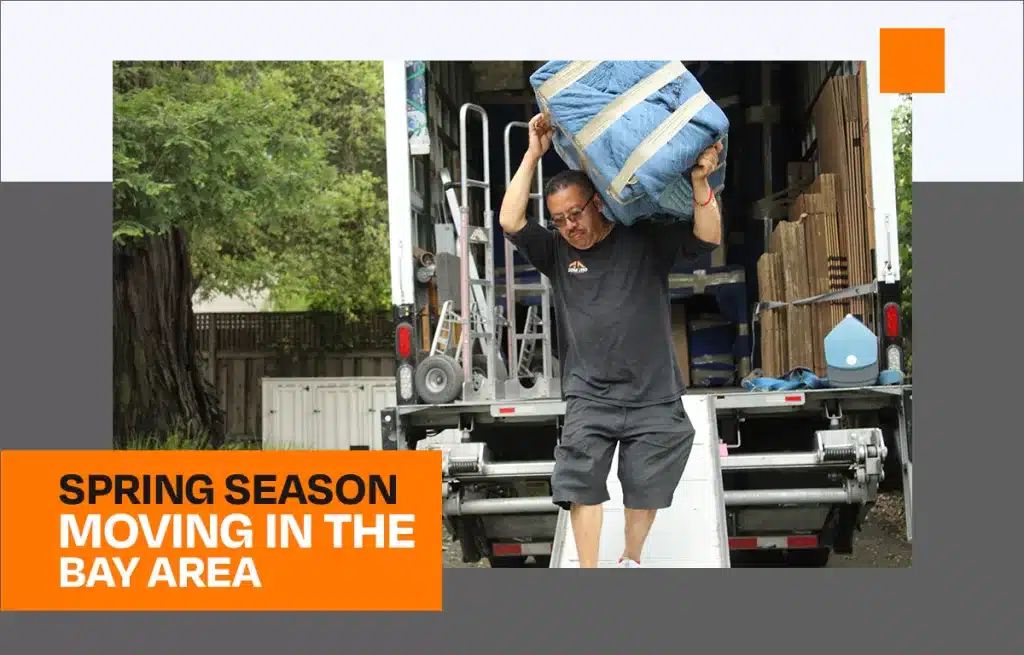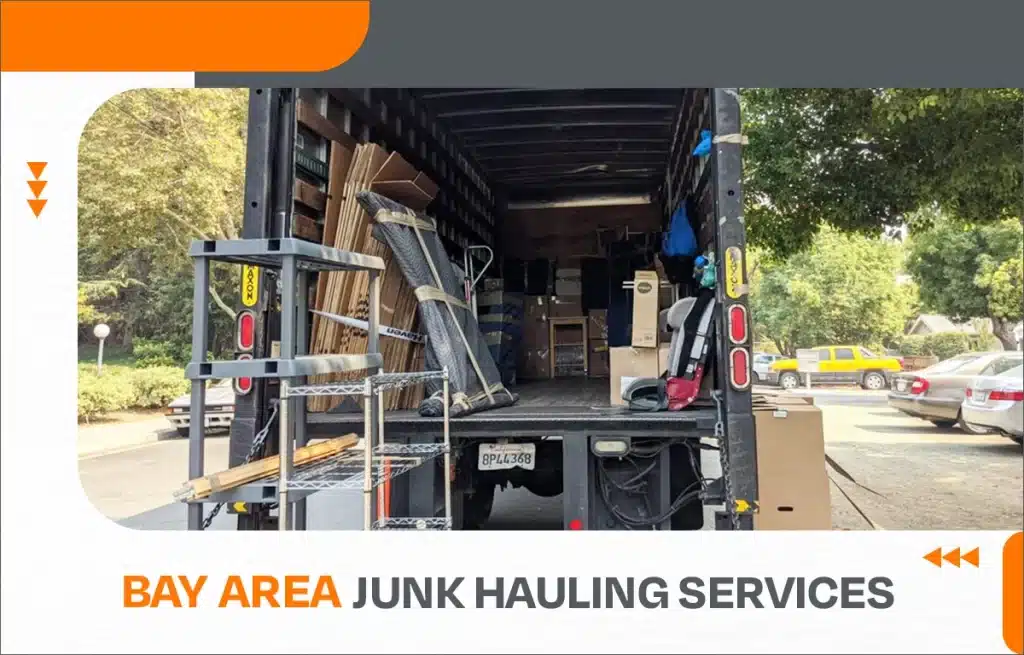Best Small Moving Companies Near Me: Complete Guide to Efficient Mini-Moves in Palo Alto and the Bay Area
Understanding Small Moves in the Bay Area: Beyond the Standard Relocation Not every move requires a full-sized truck and large crew. Many Palo Alto, Mountain View, and Santa Clara residents need specialized small moving services for efficiency, cost-effectiveness, and simplicity. As experienced local small moving companies serving the Peninsula and Silicon Valley, One Move Movers understands that small moves demand the same professionalism and attention as larger relocations—just with different logistics and approaches. What qualifies as a “small move” in the Bay Area? Studio or one-bedroom apartment relocations Partial household moves (selected furniture pieces) Office or single-room transitions Dorm room or student housing moves Senior downsizing to smaller living spaces Delivery of recently purchased furniture Moving specific items between properties Whether you’re relocating from a compact Palo Alto apartment, moving a home office in Mountain View, or seeking the best moving company for small moves in Santa Clara, this comprehensive guide addresses everything you need to know about efficient, cost-effective mini-moves in the Bay Area. Types of Small Moves in the Peninsula and South Bay Apartment and Condo Relocations What makes small apartment moves unique in the Bay Area? The Peninsula’s dense housing landscape creates specific considerations: Housing Type Key Challenges Special Requirements Common in High-Rise Apartments Elevator restrictions, loading zones Reservation coordination, protection systems Palo Alto downtown, Mountain View Garden Apartments Scattered buildings, walking distances Strategic parking, pathway protection Midtown Palo Alto, Santa Clara Converted Units Unusual layouts, access limitations Specialized equipment, creative solutions College Terrace, older neighborhoods Modern Complexes Security systems, strict regulations Documentation requirements, scheduling constraints North Mountain View, Sunnyvale border Small Moves in Palo Alto Apartments What should I know about small moves in Palo Alto? University area apartments require academic calendar awareness Downtown high-rises have specific service elevator requirements Older buildings may have doorway and hallway constraints Parking permits often required in residential neighborhoods Tech professional schedules necessitate flexible timing options Efficiency Apartments in Mountain View Why are Mountain View small moves different? Tech campus proximity creates specific scheduling needs Newer developments have strict moving regulations Mixed-use buildings require coordination with businesses Castro Street area restrictions during business hours Growing density requiring strategic vehicle placement Compact Homes in Santa Clara What considerations exist for small moves in Santa Clara? University-adjacent housing with academic schedules Diverse housing styles from historic to ultra-modern Multi-generational households with specialized needs Growing tech corridor creating specific timing constraints Mixed residential/commercial neighborhoods Office and Workspace Relocations How do small business moving needs differ from residential? Silicon Valley’s work environment creates specialized moving needs: 1.Home Office Transitions Technology equipment requiring specialized handling Ergonomic furniture with complex disassembly needs Document and file organization systems Limited-disruption scheduling requirements Connectivity and functionality priorities 2.Startup Space Changes Small business moving between incubators or co-working spaces Technology infrastructure requiring careful handling Minimal downtime requirements for business continuity After-hours scheduling to prevent disruption Specialized equipment with unique handling needs 3.Professional Service Relocations Legal, medical, or consulting office transitions Confidential document handling requirements Professional environment protection needs Client-facing considerations during transitions Specialized furniture and equipment handling 4.Retail and Small Business Moving Inventory and display system relocations Point-of-sale and technology transitions Fixture and specialized equipment handling Customer impact minimization strategies After-hours execution requirements Services Offered by Small Moving Companies in the Bay Area Specialized Small Move Solutions What services do local small moving companies typically offer? Comprehensive options for efficient relocations include: Targeted Packing Services Room-specific packing options Fragile-only packaging approaches Kitchen specialization services Technology-focused protection systems Art and valuable item handling Furniture-Only Moving Services Selected piece transportation Disassembly and reassembly expertise Protection systems for high-value items Placement and arrangement at destination Internal rearrangement within homes Apartment-Specific Solutions Building coordination and reservation management Elevator and common area protection HOA and property management liaison services Narrow space navigation expertise Multi-floor logistics management Storage Integration Options Short-term solutions during transitions Partial household storage during renovations Climate-controlled options for sensitive items Vaulted storage for valuable possessions Flexible access arrangements Efficiency-Focused Approaches How do moving companies for small items maximize efficiency? Strategic methodologies for optimal results: 1.Right-Sized Equipment Smaller vehicles appropriate for limited inventory Specialized tools for compact spaces Apartment-friendly dollies and handling equipment Precision protection materials for high-value items Efficient packing supplies minimizing waste 2.Streamlined Crews Properly scaled team sizes for small moves Specialized training for apartment environments Experience with technology and valuable items Urban navigation and parking expertise Efficient work patterns minimizing time requirements 3.Strategic Scheduling Precise time windows reducing waiting periods Flexible options accommodating building restrictions Consolidated approaches for multiple small moves Off-peak timing avoiding congestion Specialized scheduling for business continuity 4.Technology Integration Digital inventory management for small moves Real-time communication systems GPS-optimized routing for efficiency Electronic documentation reducing paperwork Virtual survey options for accurate quoting Cost Factors for Small Moves in Palo Alto and Surrounding Areas Understanding Small Move Pricing Models What impacts the cost of small moves in the Bay Area? Several elements influence pricing structures: Service Level Selection Basic Transportation Only: Lowest cost, client handles packing/loading Labor-Plus-Transport: Middle option with loading/unloading included Full-Service Small Moves: Comprehensive packing, transport, and setup Specialty Services: Add-ons for unique items or situations Hybrid Approaches: Customized combinations based on specific needs Access and Location Factors Building Type Considerations: High-rise vs. garden apartments vs. houses Parking and Access Challenges: Distance from parking to door Stair and Elevator Situations: Multi-floor considerations Geographic Location: Specific neighborhood and community Distance Between Locations: Local vs. longer-distance small moves Inventory Volume and Composition Apartment Size: Studio vs. 1-bedroom vs. partial 2-bedroom Furniture Quantity and Type: Assembled vs. disassembled needs Specialty Item Inclusion: Artwork, technology, valuable pieces Packing Requirements: Self-packed vs. professional services Organization Level: Well-prepared vs. requiring sorting assistance Average Cost Ranges for Small Moves How much do small moves typically cost in Palo Alto and Mountain View? Based on current market rates


